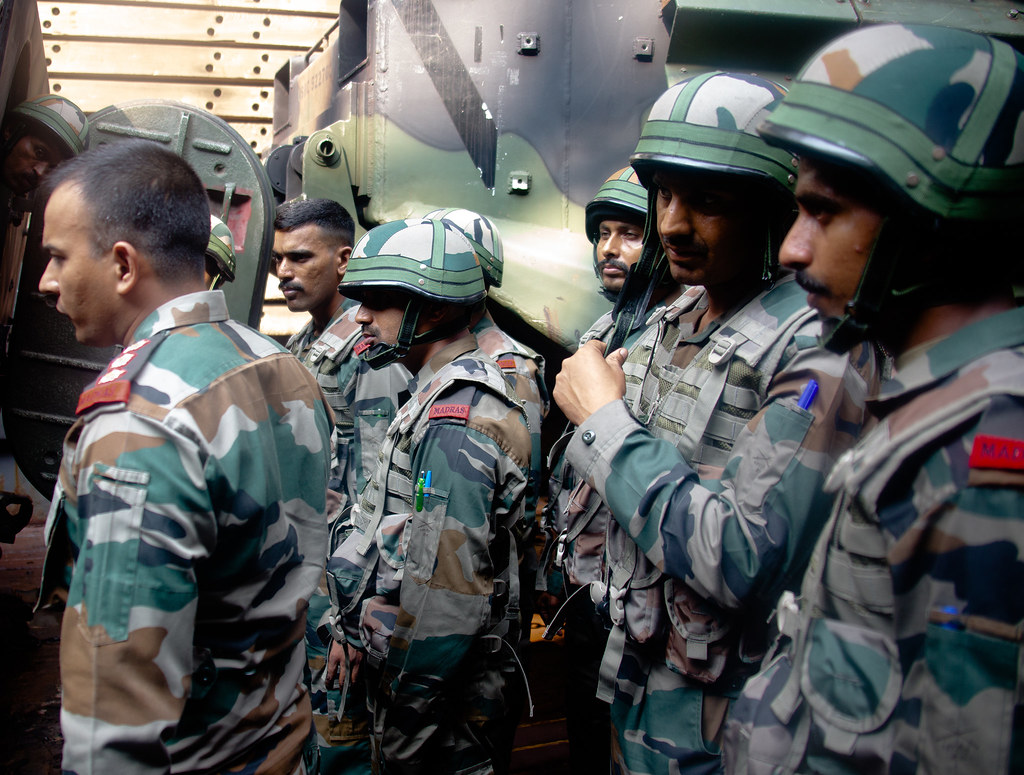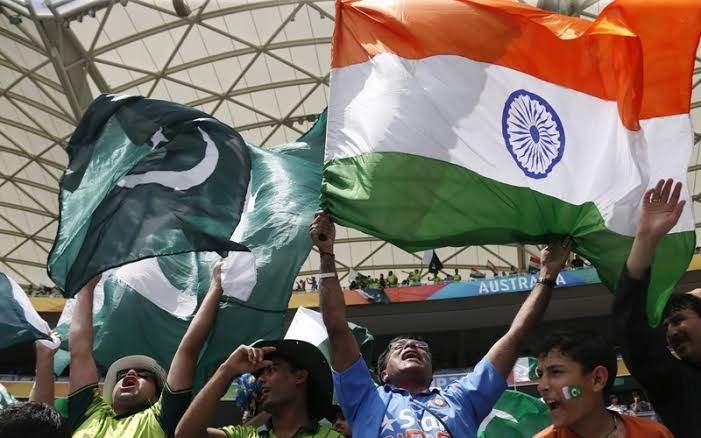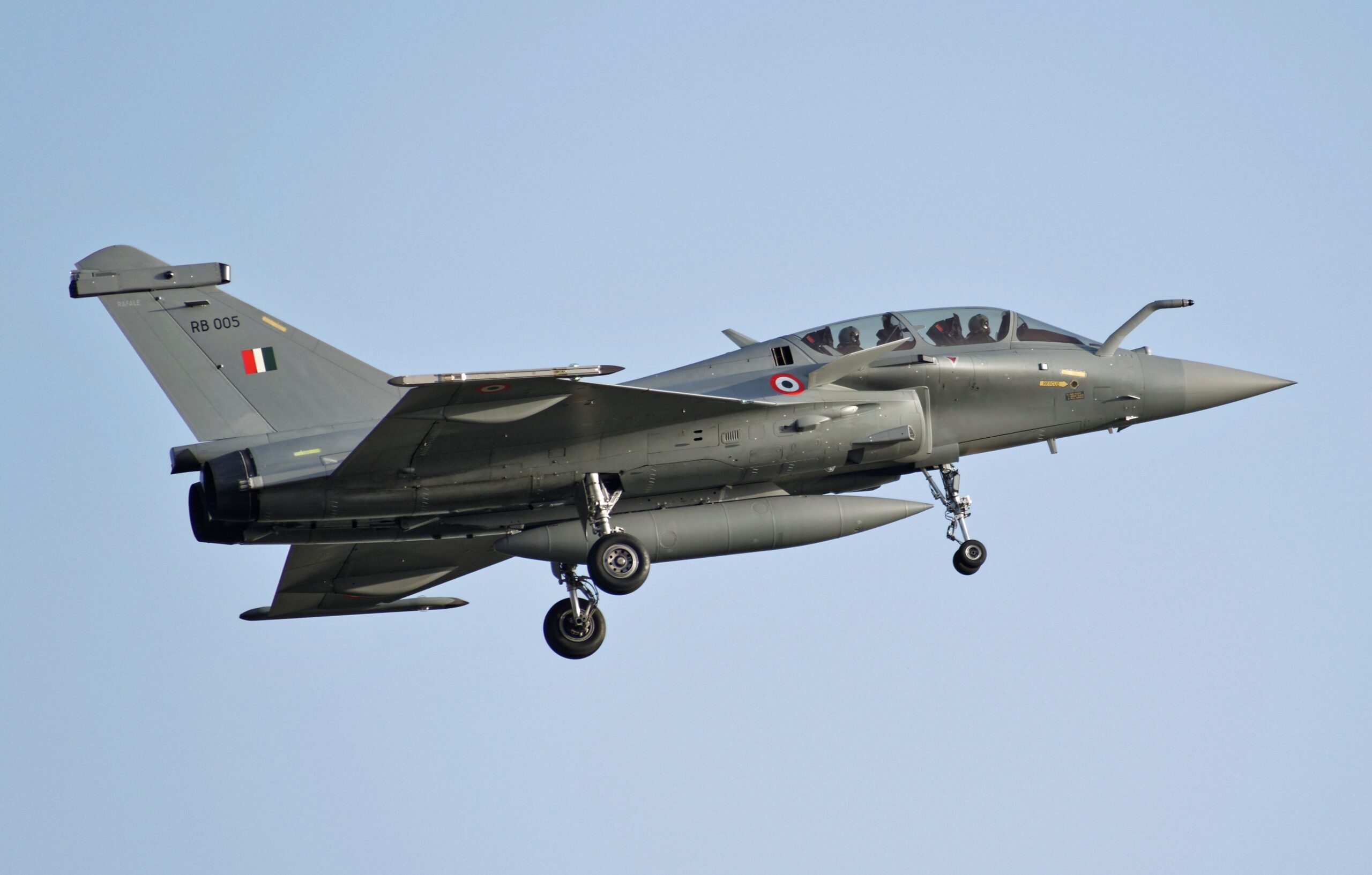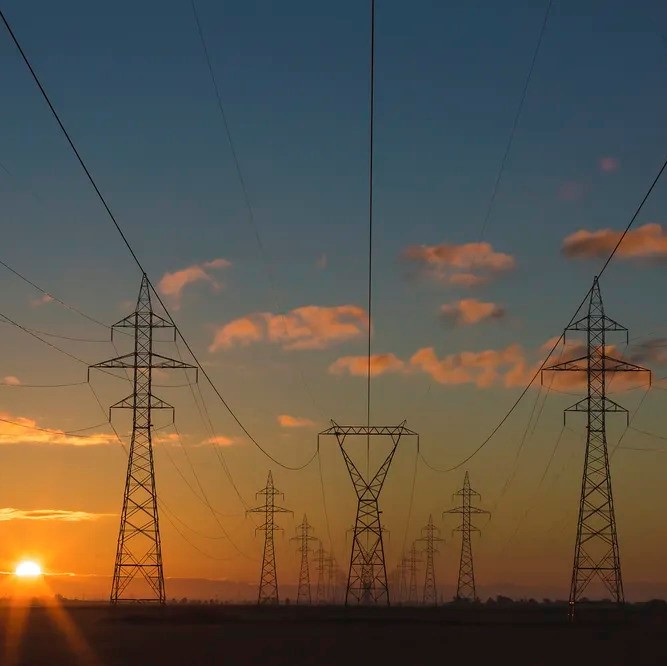In a world already grappling with multiple geopolitical crises, a new and deeply troubling flashpoint is rapidly emerging in South Asia. According to a recent report by The New York Times, India appears to be preparing the ground for possible military action against Pakistan — a development that could ignite yet another volatile confrontation between the two nuclear-armed neighbours.
The gravity of the situation cannot be overstated. Behind closed diplomatic doors, through high-level briefings and urgent calls to world leaders, India is actively seeking global backing. But not, it seems, to cool tensions. Rather, the focus appears to be on building an international case to justify military retaliation.
A Dangerous Build-Up: India’s Strategic Moves
Following a deadly gun attack in Indian Illegally Occupied Jammu and Kashmir (IIOJK) — an attack that claimed the lives of 26 civilians — Indian Prime Minister Narendra Modi has wasted no time.
- Over a dozen urgent diplomatic calls to world leaders.
- Summoning envoys from over 100 foreign missions for briefings.
- Issuing public threats about razing “terror safe havens.”
- Disrupting Pakistan’s water access and ordering the expulsion of Pakistani diplomats.
The underlying message? India is not preparing for peace talks. It is preparing for a confrontation.
SEO Key Focus: India Pakistan tensions 2025, Modi military strike Pakistan, Kashmir attack India reaction, India builds case for war, South Asia conflict news
From Blame to Action: The Growing Case Against Pakistan
Despite offering little concrete evidence linking the Pakistani state to the recent attack, Indian officials have repeatedly cited Pakistan’s “past patterns” of supporting militant groups operating in Kashmir.
Diplomatic briefings have included:
- References to “technical intelligence,” including facial recognition data.
- Historical ties between Pakistani elements and anti-India militancy.
- Ongoing investigations with hints at a Pakistan connection, but no public proof.
It’s a delicate yet deliberate strategy: creating a narrative of justification before any military move.
One diplomat, speaking anonymously, raised a critical concern:
“Are we really talking about launching military operations against a nuclear-armed neighbor based only on historical patterns?”
Yet the momentum toward conflict seems hard to stop.
The Shadow of 2019: Lessons from the Last Clash
The current escalation echoes the tense days of 2019, when a suicide bombing killed dozens of Indian paramilitary troops in Pulwama. Back then:
- India launched an airstrike deep into Pakistan’s Balakot region.
- Pakistan retaliated, shooting down an Indian fighter jet and capturing the pilot.
Both sides claimed victory, but the world nervously held its breath as nuclear war loomed closer than at any point in decades.
Analysts believe the lessons of 2019 are shaping India’s current approach. This time, Modi’s government appears determined to act with even greater force — a move aimed at both external enemies and domestic audiences.
SEO Focus: India Pakistan Kashmir war history, Pulwama attack 2019, Balakot airstrike details, Modi Pakistan strategy 2025
A New Global Context: The World’s Eyes Elsewhere
One critical factor influencing India’s assertiveness is the global diplomatic environment.
The United States, traditionally a key player in South Asian stability, remains distracted by:
- The war in Ukraine.
- Rising tensions in the South China Sea.
- Domestic political divisions.
Europe, too, is preoccupied with its economic recovery and security challenges. The United Nations and European Union have called for restraint, but their voices lack the urgency they might have had a decade ago.
As a result, India senses an opportunity. With muted global pressure, and growing diplomatic and economic clout, New Delhi feels freer to act without fearing serious international backlash.
This shift marks a profound change in South Asia’s strategic calculus — and a worrying one.
Anti-Muslim Sentiment on the Rise
While the international focus remains on possible military action, disturbing trends within India are also gaining momentum.
Reports are emerging of Kashmiri Muslim students being harassed across Indian cities. Fear and intimidation are driving many back home, exacerbating tensions and deepening divides.
Human rights organizations have raised concerns about:
- Rising Islamophobia.
- Sweeping arrests in Kashmir.
- Potential abuses under the guise of “security operations.”
Critics argue that domestic polarization could be fueling the government’s hawkish posture toward Pakistan — using external conflict to consolidate internal political gains.
Pakistan’s Response: Diplomatic Isolation and Warning of Retaliation
Islamabad has categorically denied any involvement in the recent Kashmir attack. In response to India’s diplomatic offensives:
- Pakistan has suspended participation in several bilateral treaties.
- It has warned that any military aggression will be met with equal or greater force.
Pakistan’s position remains firm: any strike by India will be matched tit-for-tat, risking an uncontrollable spiral toward full-blown war.
SEO Key Focus: Pakistan reaction India tensions, Islamabad denies Kashmir attack, Pakistan India war risk 2025, Diplomatic crisis South Asia
The Specter of Nuclear Confrontation
The most terrifying backdrop to this brewing crisis is the fact that both India and Pakistan possess nuclear weapons.
Experts warn that:
- Escalation could happen faster than leaders anticipate.
- Command-and-control systems might be less stable under intense pressure.
- Even a “limited” nuclear exchange could trigger global humanitarian catastrophe.
Yet, despite these warnings, the political will to pull back seems dangerously absent on both sides.
“Both countries have inflated beliefs in their ability to manage escalation,” says Daniel Markey, a senior fellow at Johns Hopkins University.
It’s a sobering reminder that miscalculation, not malice, often drives history’s greatest tragedies.
Mediation Efforts: Thin and Uncertain
Some regional powers, notably Iran and Saudi Arabia, have reached out to both India and Pakistan, offering to mediate and urging restraint.
But in the larger geopolitical theatre, these efforts are struggling to gain traction. With major powers distracted and New Delhi feeling emboldened, the space for diplomacy is narrowing.
Time is running out.
The Road Ahead: War or Wisdom?
Where does this leave the region?
- Best-case scenario: India uses its diplomatic gains to apply pressure without launching military strikes, keeping the confrontation at a rhetorical level.
- Worst-case scenario: Even a “limited” Indian attack across the border triggers a devastating escalation.
For now, the world watches nervously, hoping for the former — but fearing the latter.
The situation demands calm heads and wise leadership on both sides. A single misstep could unleash consequences neither nation, nor the world, is prepared to face.
SEO Focus: India Pakistan war risk 2025, Nuclear conflict South Asia, Kashmir latest updates, Diplomatic efforts India Pakistan crisis
Conclusion: A Region at the Brink
The tragic loss of innocent lives in Kashmir has once again lit a fuse under South Asia’s most volatile faultline. In response, India’s apparent preparation for military action against Pakistan marks a worrying escalation.
Without solid evidence, without global pressure for restraint, and with rising domestic polarization, the region stands perilously close to disaster.
The world cannot afford to look away. The time for urgent, high-level diplomacy is now — before rhetoric turns into rocket fire.




